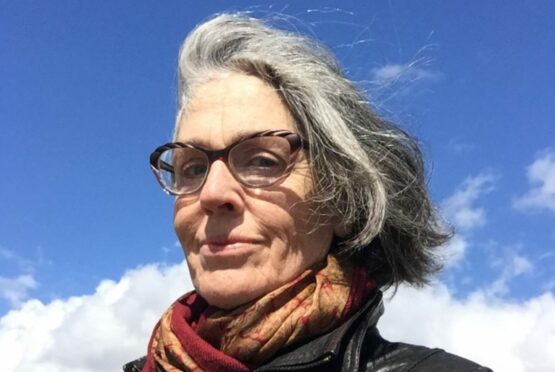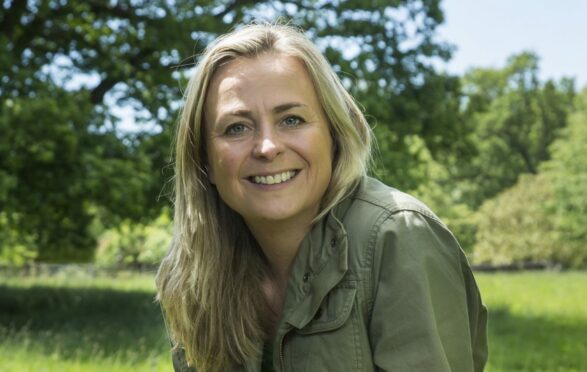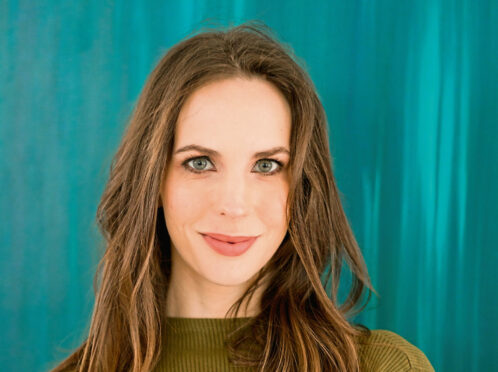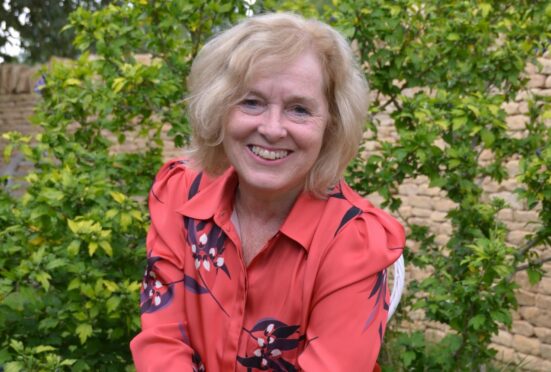
It is a “friendship” that has spanned centuries and the grave. Montreal-based writer Kathleen Winter grew up in the UK where she enjoyed holidays in the Lake District walking in the footsteps of Victorian writer Dorothy Wordsworth, thought to be the creative wind beneath the wings of her Poet Laureate brother William.
Winter’s affinity with the Wordsworth girl later blossomed when, in her 20s and living on the other side of the Atlantic, she lost herself in the beauty of her published diaries, written when Dorothy was herself in her 20s and carving out a seemingly idyllic life alongside her brother, his wife and their circle of literary legends that included Samuel Coleridge, Thomas de Quincey and William Blake.
But it was another four decades and the discovery of the little known, and never before published diaries Wordsworth’s sister had written in her 60s that Winter, now 63, realised the possibility for a novel. Winter’s third novel Undersong, now out in paperback, evokes the lives of the Wordsworth family, their triumphs and struggles, and the complex “undersong” of Dorothy, a woman determined to exist on her own terms despite the constraints foisted on women by Victorian society.
Of its writing, Winter tells P.S: “I was so captivated by Dorothy Wordsworth’s diaries from my youth, I would have written this book even if my family hadn’t emigrated. It was the connection that I felt with her; her personality was so strong it was like coming home. Dorothy and I were the same age – our early 20s – when she wrote, and I read her diaries. Interestingly I was 59 when I read the diaries she wrote later in life, when she too was 59. I felt the kinship of age in both my youthful readings and these now.”
Winter was reading at a literary festival in Ullapool four years ago when she decided to cross the border into the Lake District to revisit her old haunts. While she was there, poet Polly Atkin revealed the existence of the later diaries, in the care the Wordsworth Trust. Its principal curator Jeff Cowton agreed Winter could transcribe photographs made of Dorothy’s entries for the years 1830 and 1834.
She recalls: “I woke every morning with a feeling of discovery, because I got to be with Dorothy that morning in a way that nobody else had since the morning itself. I was with her for the little things and for the historic; the great literary icons who had come to visit them that day, like Coleridge who she loved. I read the part where she discovered he died. It was like being with her at that very moment.”
Winter’s novel though is not told in Dorothy’s voice but in that of James Dixon, who in real life worked as a handyman to the Wordsworth family. Half Dorothy’s age, he cherished her. Winter says: “I did not want to write an approximation of Dorothy. I couldn’t do it, she is too exquisite. Instead, I want people to read my book and then read her work.”
Only in the last section of the novel is the reader treated to the voice of the woman who died in 1855 aged 83. It is revealed in a stream of consciousness, that is according to its creator “an emotionally weighted prose poem.” Winter says: “You could read the whole book without reading that section and you’ll get the story but if you do read it you’ll get more.”
Kathleen Winter – Undersong, Vintage Canada, £14.99

Enjoy the convenience of having The Sunday Post delivered as a digital ePaper straight to your smartphone, tablet or computer.
Subscribe for only £5.49 a month and enjoy all the benefits of the printed paper as a digital replica.
Subscribe

